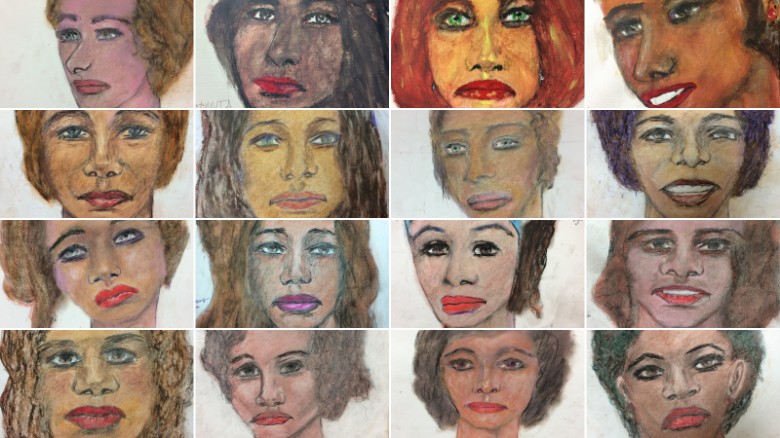America’s most prolific serial killer is dead, but the victims of Samuel Little still need their names back. You can help.

In the last days of 2020, at the age of 80, Samuel Little died while serving consecutive life sentences for the murder of three in California in the late 80s. While in prison, Little confessed to more than 90 murders over the span of 35 years. The FBI is still looking for the identities of his victims, with only 53 women named there are still 40 women who deserve to have their names back.
Think of that 40 women who were brutally murdered, and preyed upon because their murderer knew that they were vulnerable. According to the FBI, Little’s victims were sex workers or women addicted to drugs, victims whose disappearance would often go unreported. And what’s worst, their murder would go uninvestigated. This sad realization meant that Little was able to undetected for years.
So often, in cases involving serial killers, the victims lose their agency for a second time and their names are never spoken or they become just a number associated with a gruesome act. In this instance, the FBI is asking for your help in identifying these women as they are still unnamed.
“The FBI believes it is important to seek justice for each victim—to close every case possible.”
— Christie Palazzolo, ViCAP crime analyst
Here is how you can help. Little sketched extremely detailed portraits of his victims, which were used by the FBI to help solve the gruesome murders he committed. Now, the FBI is using his drawings, coupled with hours of interviews and details shared about the victims in a comprehensive webpage to use the public to find the identity of the still-unnamed 40 victims.
Examine these images, learn more about the victims, and help give these women back their names. Using your Citizen Detective skills and compassion for the victims together, we can ensure that these women don’t remain a statistic and that their lives are valued. The FBI is seeking tips and insights. Since this information was first shared publicly in 2019, 8 women have been identified—so we know more eyes work.
